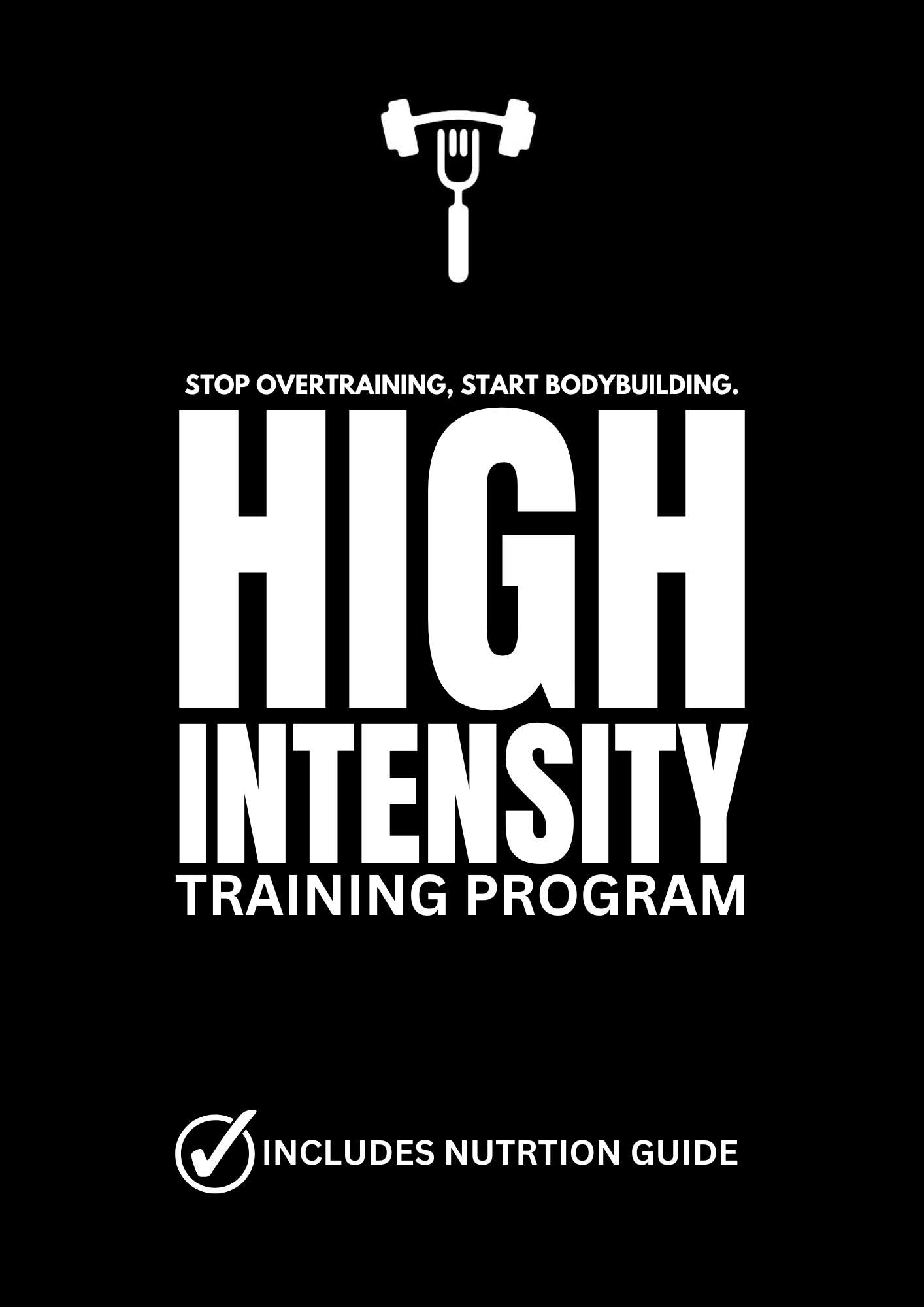Unlocking the Secrets of Chest Exercises: Ranking the Best and Worst for Muscle Growth

The Three Criteria for Evaluating Chest Exercises
1. Stretch and Tension: An effective chest exercise should provide a deep stretch in the pecs while maintaining high tension throughout the movement. Without this combination, an exercise risks falling short in stimulating muscle growth.2. Feel-Good Factor: Exercises should not cause discomfort or pain, and they should facilitate a smooth resistance profile. A good pump and a strong mind-muscle connection are desirable attributes that enhance the overall experience.
3. Progression Potential: The ability to progressively overload the muscles by increasing weight or reps is crucial for continual growth. Exercises lacking this aspect may hinder long-term progress.
Ranking the Best and Worst Chest Exercises
In a comprehensive analysis, twenty of the most popular chest exercises were meticulously evaluated, ranging from the super-effective to the downright ineffective. Here's a glimpse into the rankings:Worst Chest Exercises:
- Hex Press: This exercise fails to deliver a significant stretch in the pecs and lacks tension, relegating it to F tier.- Plate Press: Similar to the Hex Press but even more awkward and lacking in overload potential, earning it a spot in F tier.
- Dumbbell Pullover: While theoretically engaging the pecs, this exercise often fails to activate them effectively, warranting a place in D tier.
Best Chest Exercises:
- Bench Press: Despite some limitations in stretch compared to dumbbells, the Bench Press offers high tension and effective overload potential, making it a strong contender for S tier.- Machine Chest Press: With its ability to provide a deep stretch and consistent tension, the Machine Chest Press emerges as a top-tier choice, securing a spot in S tier.
- Seated Cable Pec Flye: Offering stability and a full range of motion, this exercise excels in targeting the pecs, earning it a well-deserved place in A tier.
Special Mentions:
- Guillotine Press: While potentially effective, the risk of injury places it in F tier.
- Dips: Despite their effectiveness, some individuals may experience shoulder discomfort, leading to a placement in A tier.

